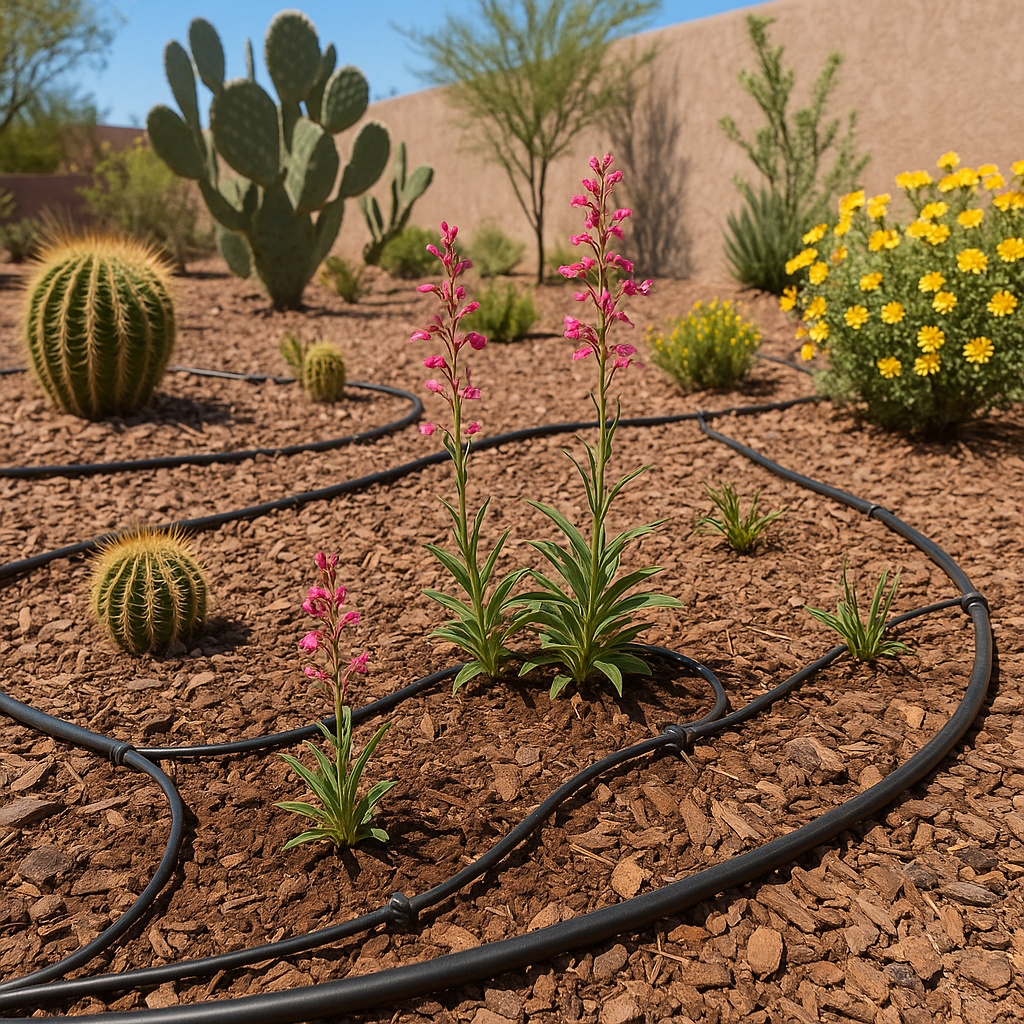Setting Up Efficient Drip Irrigation in Gilbert
Drip irrigation setup for water-wise desert landscaping in Gilbert, AZ. Why Choose Drip Irrigation for Gilbert Yards? In Gilbert, AZ, efficient water use is essential—especially as drought and high temperatures challenge both lawns and desert-friendly landscapes. Drip irrigation delivers water right to the root zone, minimizing waste from evaporation and runoff. The result? Lower bills, … Read more

